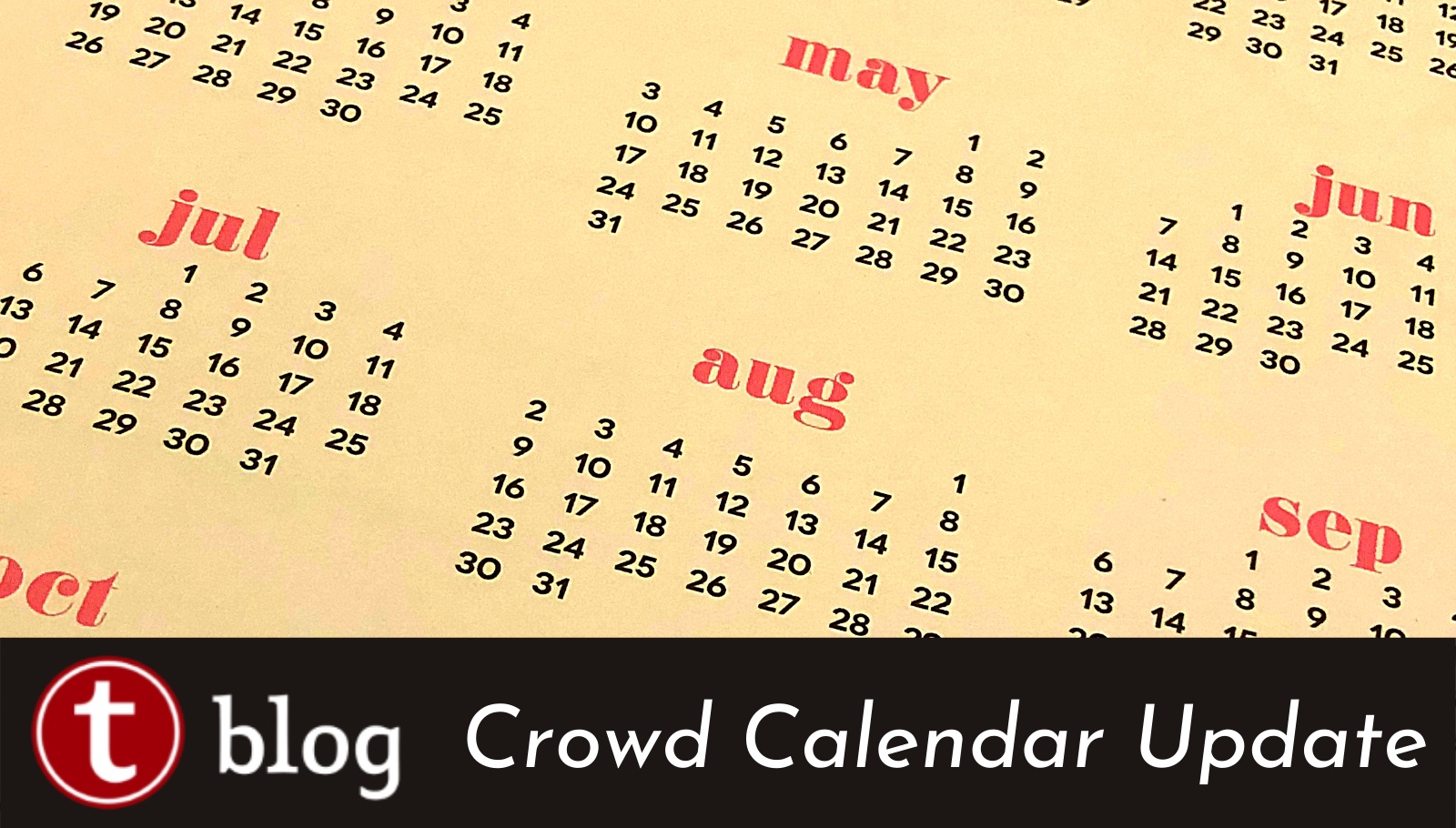Additional ID May Be Needed for Some Air Travelers
This post is for residents of New York, New Hampshire, Louisiana, Minnesota, and American Samoa. Everyone else can move along; nothing to see here.
Whew, now that we’ve gotten rid of those looky loos, here’s something to for residents of those five locations to be aware of as we plan our vacations to Orlando, and everywhere else, by air.
As part of its post-9/11 security measures, the Department of Homeland Security enacted something called the REAL ID Act. The REAL ID Act is intended to increase the accuracy and reliability of state issued identification documents, specifically driver’s licenses. Over the past ten years, most states have added layers of ID verification to the issuance of driver’s licenses. New York, New Hampshire, Louisiana, Minnesota, and American Samoa are currently “non-compliant.” (There are several other states that are also non-compliant, but they’ve been given extensions and are thus not currently subject to the problem I’m about to mention.) As a New Yorker, my valid state driver’s license is non-compliant with the REAL ID Act.
So, why does it matter if your driver’s license is noncompliant?
Well, if you’re not planning to fly anywhere, visit a secure area of the Department of Homeland Security’s offices, enter a nuclear power plant, or enter a restricted or semi-restricted federal area, then you’ve got no issues. Obviously, the area of concern for most members of the general public is the REAL ID Act clause which states that complaint ID will be required when, “boarding federally regulated commercial aircraft,” which all major airlines are. The Act goes on to state, “A driver’s license or identification card from a noncompliant state may only be used in conjunction with an acceptable second form of ID for boarding federally regulated commercial aircraft.”
Theoretically what this means is that you have a driver’s license from one of the non-compliant states (that’s me), you’ll need a second, acceptable, form of ID to pass through the TSA checkpoints for a regular commercial flight. Acceptable forms of ID include: a US Passport, a US Passport Card, a US Military ID, a permanent resident card, a Global Entry Card, a NEXUS card, or an Enhanced Driver’s License.
The exact timing of this requirement is not well defined. The Act states that enforcement for additional ID will begin, “no sooner than 2016.” A specific date is not noted, but it’s possible that at some point next year, TSA will start asking residents of non-compliant states for identification beyond their driver’s license in order to board a regular domestic flight.
If you’re a resident of the five non-compliant areas and you have a passport, passport card, enhanced license, or other verified ID, then you’re good to go. Just remember to bring that with you when you fly. But fewer than half of Americans have passports or other compliant identification, which means that there are loads of people out there who will be without the appropriate documentation required to fly domestically.
No one really knows when this rule might be enforced, or to what extent. Remember that it has always been possible to fly without approved ID, assuming you’re willing to undergo some pretty intense questioning at the airport (build in LOTS of extra time for this). If you don’t have the extra ID you’ll still be able to on your vacation, it just might be more of a hassle.
To avoid problems if you don’t have an approved secondary form of ID, the easiest/cheapest thing to do is to get an enhanced (compliant) driver’s license. In New York, getting an enhanced driver’s license (or non-driver’s ID) costs $30. You must visit the DMV in person to get this. If you have to go to the DVM anyway, it’s probably worth it to apply for an enhanced ID then. The next cheapest option is a passport card, which costs $55 for first time applicants.
Please note that no ID is required for minors under the age of 18 when flying domestically.
Again, there’s no specific date when this rule will begin to be enforced. But residents of New York, New Hampshire, Louisiana, Minnesota, and American Samoa should be aware of this issue when planning to fly in 2016.





This doesn’t seem like good information for touring plans to be posting. There is no way this will be enforced at airports. I assume there will
Phone posted before I was ready… I assume there will be an official extension of the regulation start date. Airlines and others in the travel industry employ lots of lobbyists who I guarantee are working with regulators to put in some temporary plan. Until I hear of someone turned away from the airport, I won’t believe it.
I feel safer already